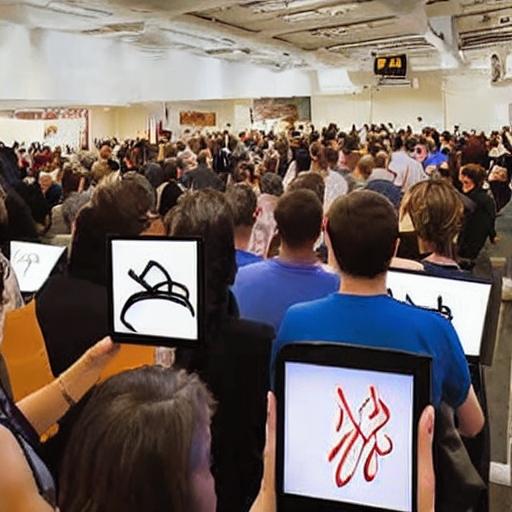Non-Fungible Tokens (NFTs) have rapidly gained popularity in recent years, revolutionizing the world of digital art, collectibles, and even real estate. But how did this innovative technology evolve and find its way into mainstream adoption?
NFTs were first introduced in 2017 through the Ethereum blockchain, a decentralized and transparent network that allowed for the creation and trading of unique digital assets. However, it wasn’t until 2020 when NFTs started to gain significant attention, with the explosion of digital art and crypto collectibles.
The emergence of NFT marketplaces like OpenSea, Rarible, and NBA Top Shot provided a platform for artists, creators, and collectors to showcase and trade their digital assets securely. This newfound accessibility led to a surge in interest from both artists and investors, sparking a craze that caught the attention of the mainstream media and general public.
One of the key factors that contributed to the growth of NFTs was the concept of “ownership” and scarcity. NFTs are unique and indivisible tokens that can represent various digital or physical items. Whether it’s a one-of-a-kind artwork, a limited-edition music album, or a virtual piece of land, NFTs give individuals the ability to prove their ownership and authenticity in a digital world.
The adoption of NFTs in the art world was a game-changer. Artists who had previously struggled to monetize their digital creations suddenly found a lucrative avenue to sell their work directly to collectors. Digital artists like Beeple made headlines when his artwork, “Everydays: The First 5000 Days,” sold for a staggering $69 million at a Christie’s auction. This marked a major milestone for NFTs and legitimized them as a viable investment and art medium.

Furthermore, NFTs expanded beyond the art sphere and ventured into other industries. Music artists started releasing limited-edition albums and concert tickets as NFTs, granting exclusive perks to their fans and providing a new revenue stream. Athletes and sports leagues, such as the NBA, experimented with NFTs by offering unique moments from games as collectible tokens, creating a new level of engagement for fans.
The adoption of NFTs also had significant implications for real estate. Tokenization of properties through NFTs allows for fractional ownership, making high-value assets more accessible to a broader range of investors. It opens up opportunities for smaller investors to diversify their portfolios with real estate assets that were traditionally out of reach. Additionally, NFTs provide transparent and immutable records of ownership, reducing fraud and facilitating smooth transactions in the real estate market.
As NFTs continue to gain momentum, there are still challenges to overcome. The environmental impact of NFTs, particularly in terms of energy consumption, has been a cause for concern. The high gas fees associated with minting and trading NFTs on the Ethereum network have also hindered accessibility and affordability. However, developers and innovators are actively exploring solutions, including the adoption of more sustainable blockchains and layer-2 scaling solutions.
